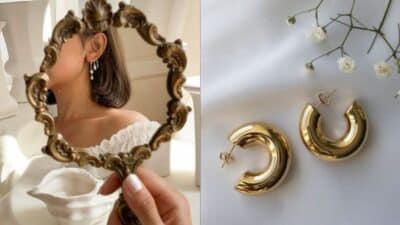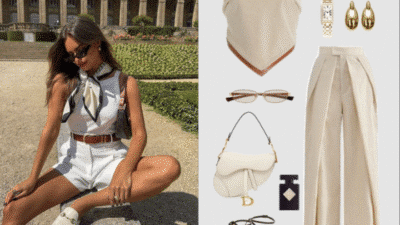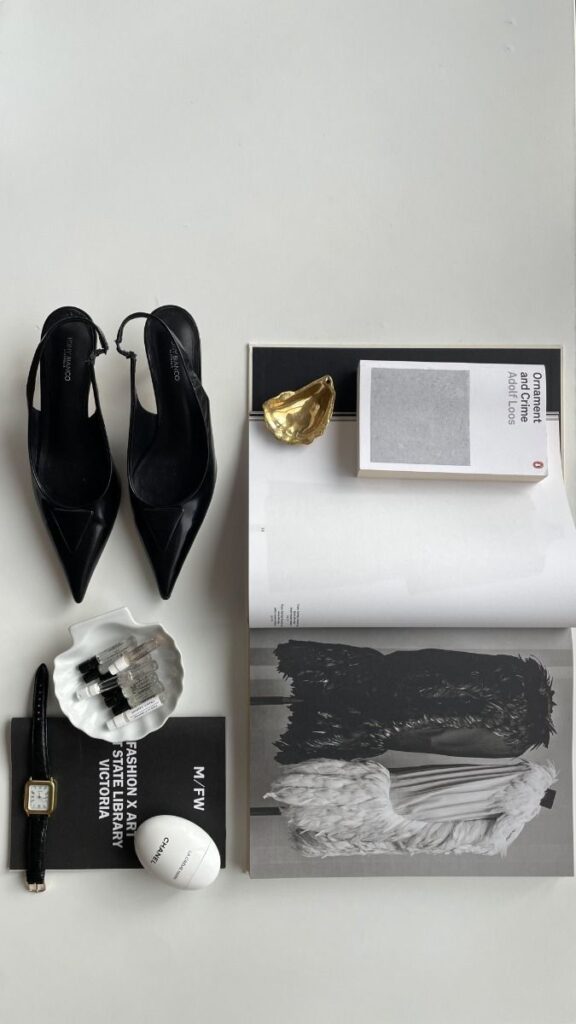
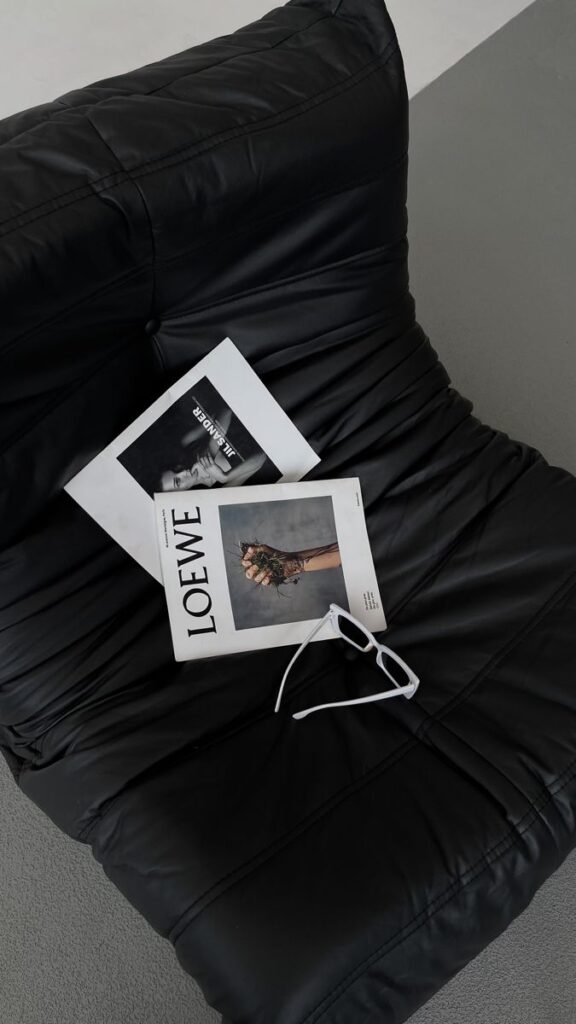
Fashion aesthetic is the overall style or look that defines how someone dresses and presents themselves. It combines clothing, accessories, colors, and attitudes to create a unique visual identity that reflects personal tastes and lifestyle. This concept helps people express who they are without needing many words.
People often choose a fashion aesthetic that fits their personality or mood, making it easier to shop and dress with confidence. Different styles can tell a story or connect someone to a community, culture, or era. Understanding fashion aesthetic can guide anyone in building a wardrobe that feels true and comfortable.
Knowing how to identify and develop a fashion aesthetic allows for more intentional choices in clothing and helps avoid trends that don’t fit. It’s a useful tool for turning everyday dressing into a form of personal expression that stands out quietly and clearly.
Key Takeaways
- Fashion aesthetic reflects personal style through clothes and accessories.
- It helps guide thoughtful wardrobe choices and self-expression.
- Different aesthetics link to culture, mood, and individuality.
What Is Fashion Aesthetic?
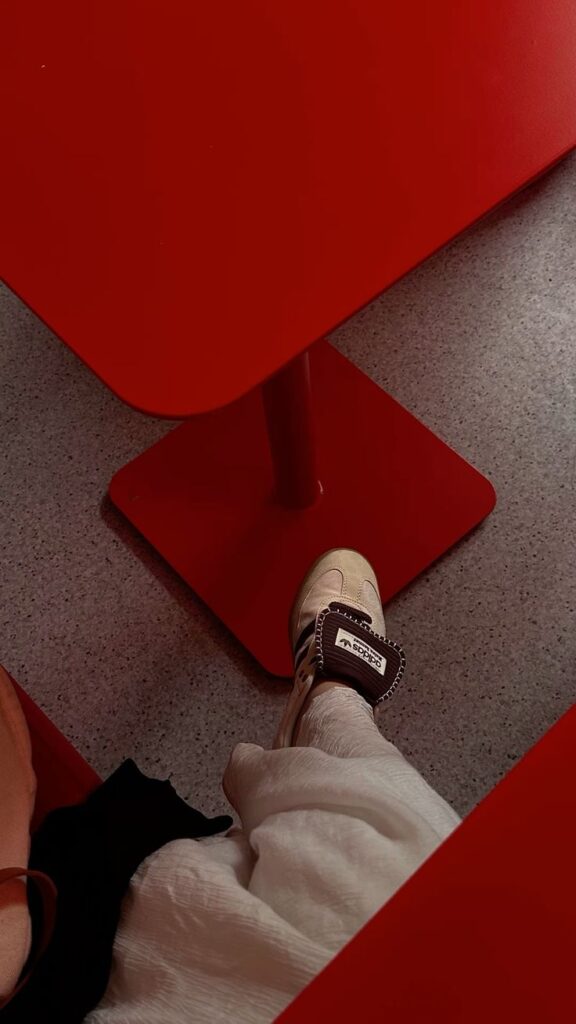
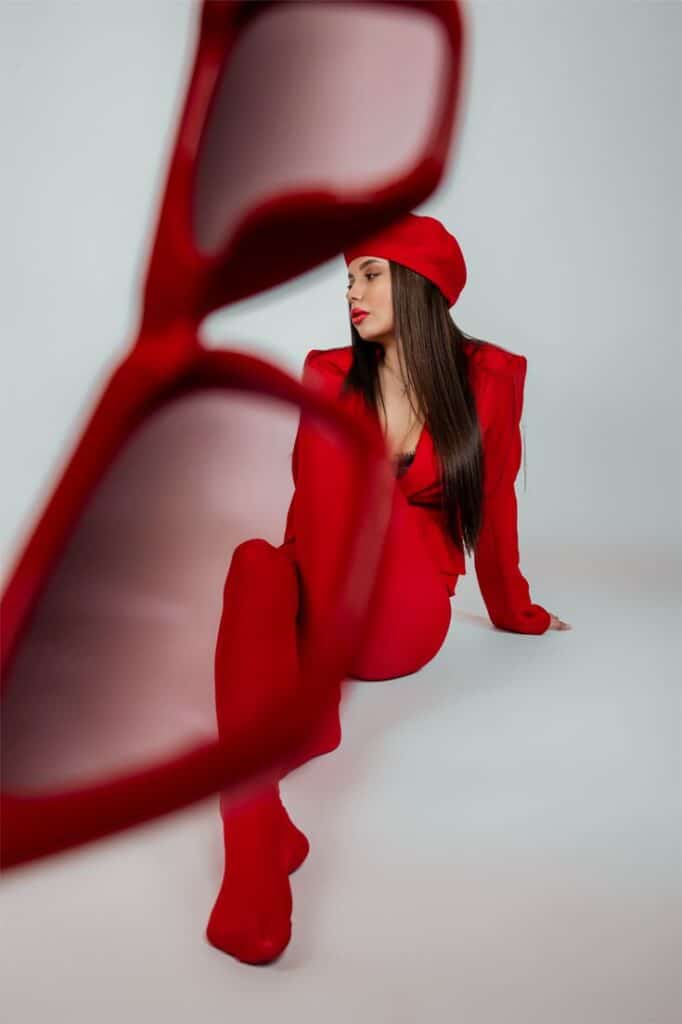
Fashion aesthetic describes the unique style or vibe that a person or group shows through clothing and accessories. It includes specific colors, shapes, and patterns that create a recognizable look. This concept has grown over time and varies widely across cultures and subcultures.
Defining Fashion Aesthetic
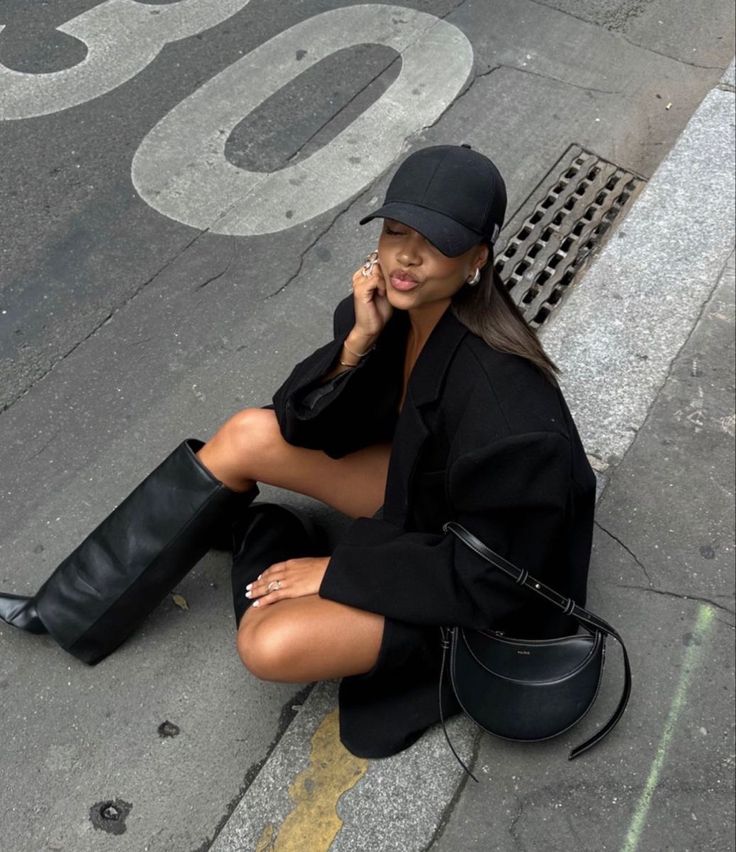
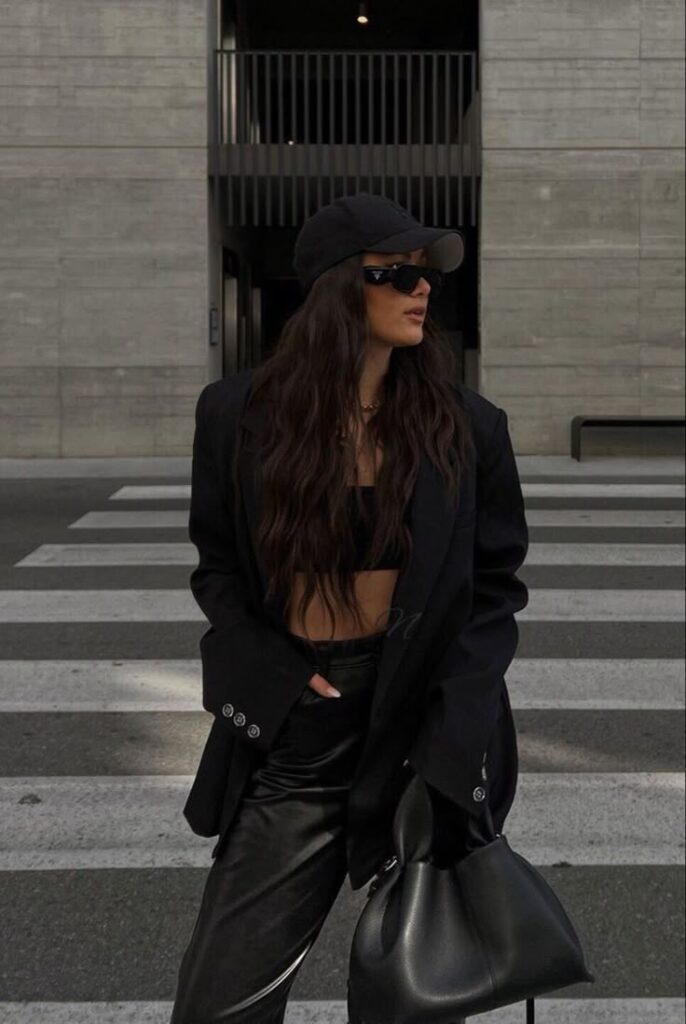
Fashion aesthetic is a way to describe someone’s style choices in a clear, consistent way. It reflects their personality, mood, and cultural influences. People use the term to point out specific looks, like vintage, minimalist, or grunge.
A fashion aesthetic goes beyond clothes. It includes makeup, hair, and even the way someone poses in photos. It helps people express who they are without words.
Origins and Evolution
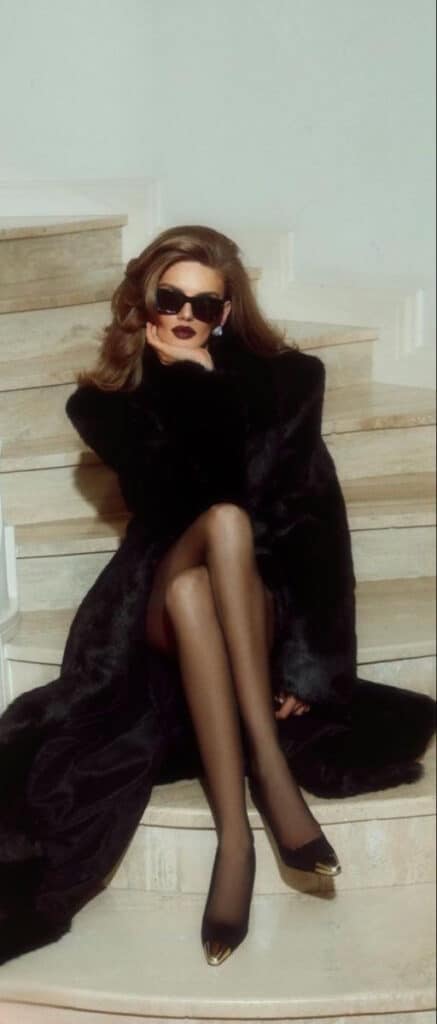

The idea of fashion aesthetic started when people began labeling styles in the early 20th century. Fashion magazines and social media helped popularize clear categories of looks.
Over time, many new aesthetics have appeared. This includes styles connected to music genres, social movements, or technology. For example, cyberpunk aesthetic came from sci-fi culture and music.
Today, fashion aesthetic changes fast because of global influence and online trends. It blends old styles with new ideas in creative ways.
Key Characteristics
Fashion aesthetic has several key features:
- Color Palette: Each aesthetic often uses a specific range of colors, like pastel for soft looks or dark tones for edgy looks.
- Clothing Type: Some styles prefer loose clothes, others tight or tailored pieces.
- Textures and Patterns: These include materials like denim, leather, or floral prints.
- Accessories: Items like hats, jewelry, or glasses help define an aesthetic.
People mix these elements to build their own consistent style that stands out and feels authentic.
Types of Fashion Aesthetics
Fashion aesthetics describe different styles people use to express themselves through clothing. Each type has unique features like color choices, shapes, and materials that create a distinct look.
Classic
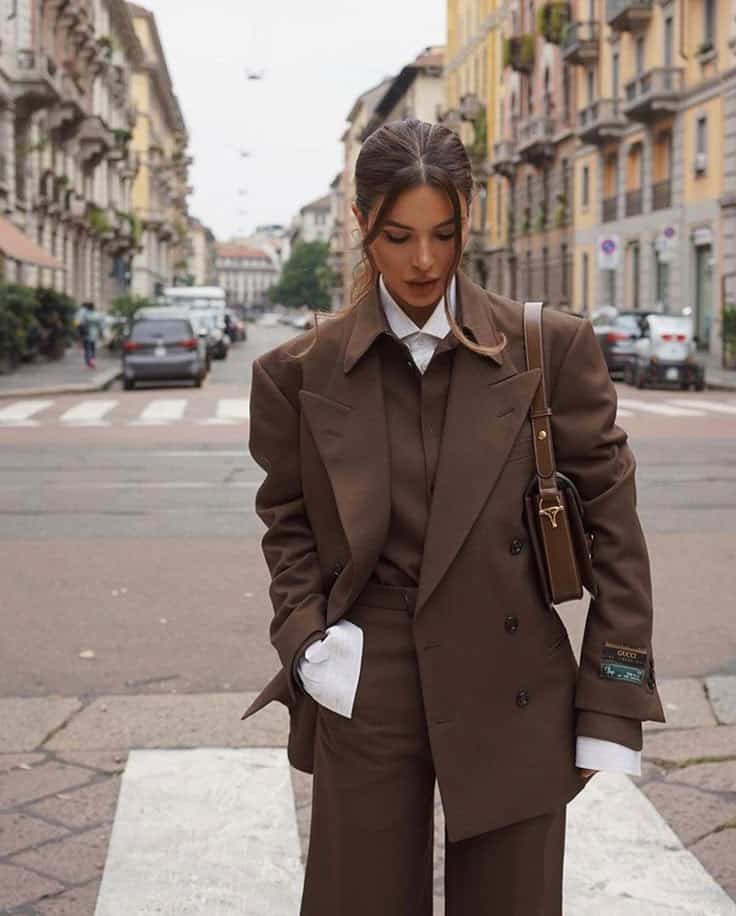
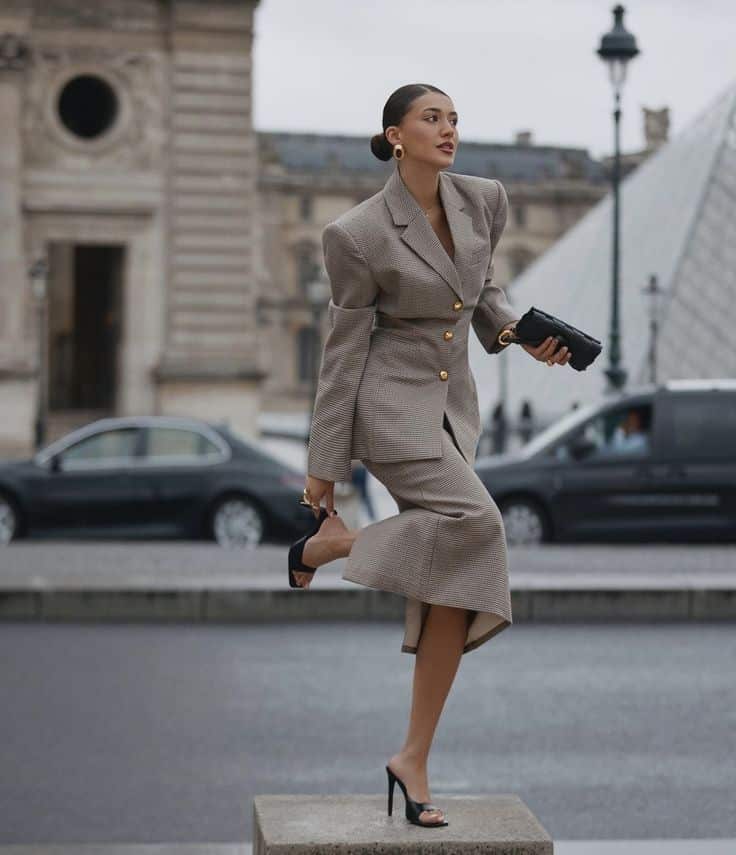
The classic fashion aesthetic focuses on timeless pieces that never go out of style. It includes clean lines, simple shapes, and neutral colors like black, white, navy, and beige. People who prefer this style often wear tailored blazers, button-down shirts, and well-fitted trousers.
Accessories are kept minimal, such as leather belts, simple watches, and pearl earrings. Durable fabrics like cotton, wool, and silk are common. Classic style values quality over trends, making it a smart choice for professional and formal environments.
Minimalist
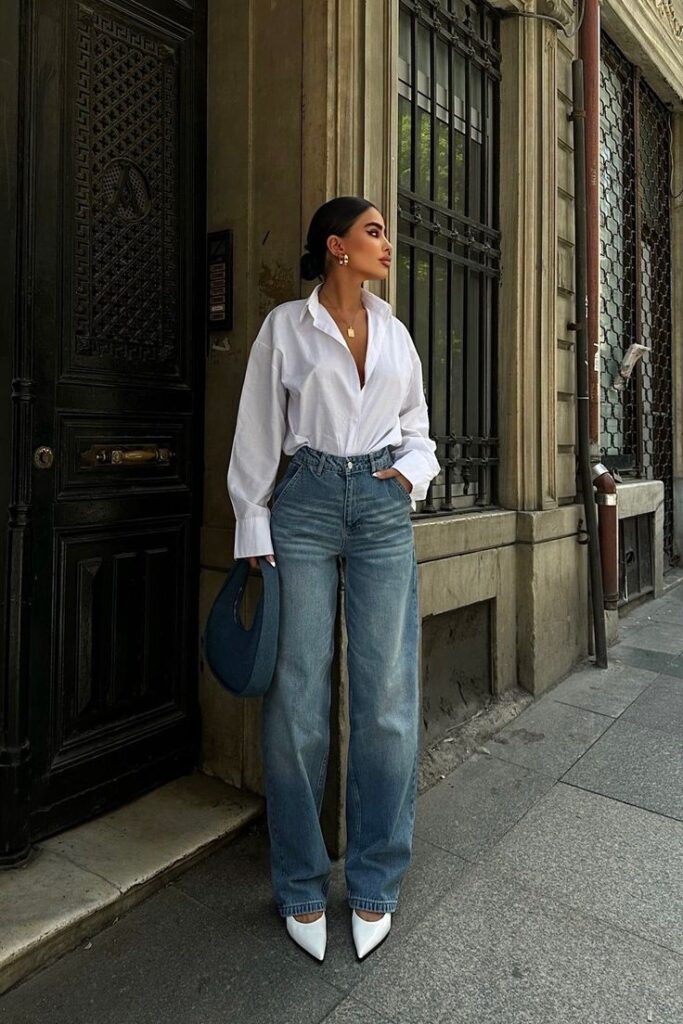
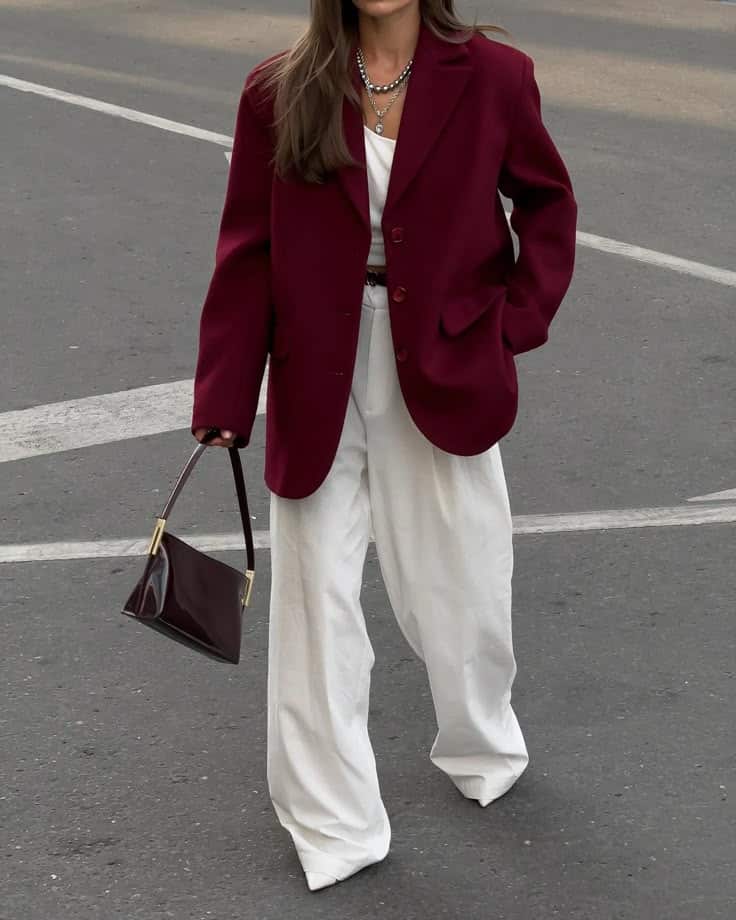
Minimalist fashion emphasizes simplicity and functionality. It avoids busy patterns and extra details, focusing on essential clothing items. Many choose solid colors, especially black, white, gray, and earth tones. The look is clean and organized.
Common pieces include plain t-shirts, straight-cut pants, and sleek sneakers. The fabric quality matters, often favoring soft, smooth materials. Minimalist style creates a calm and polished appearance that works well for casual and work settings.
Streetwear
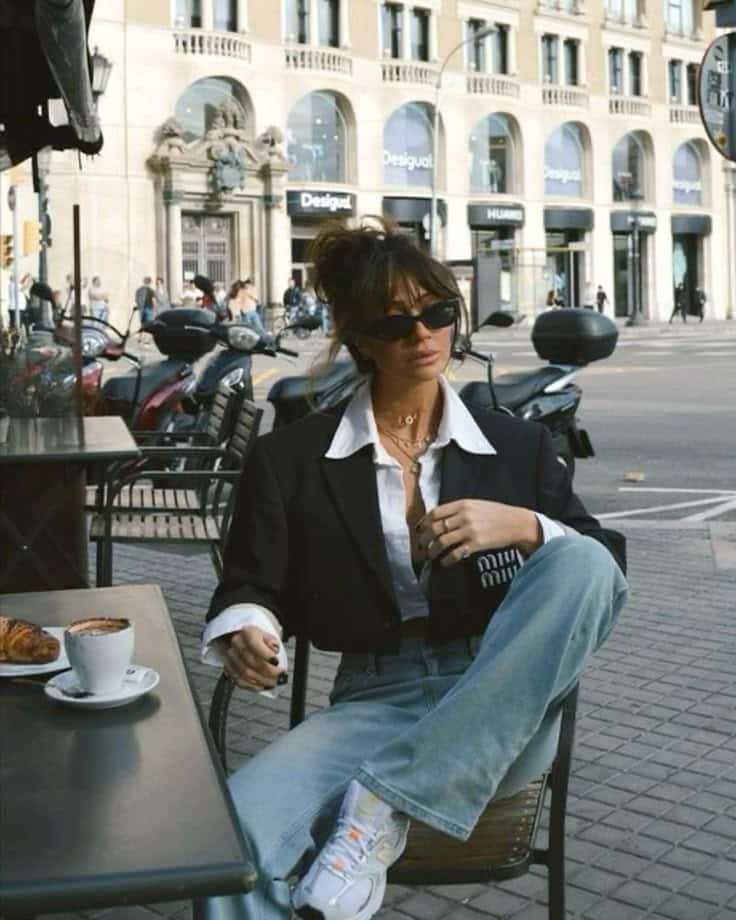
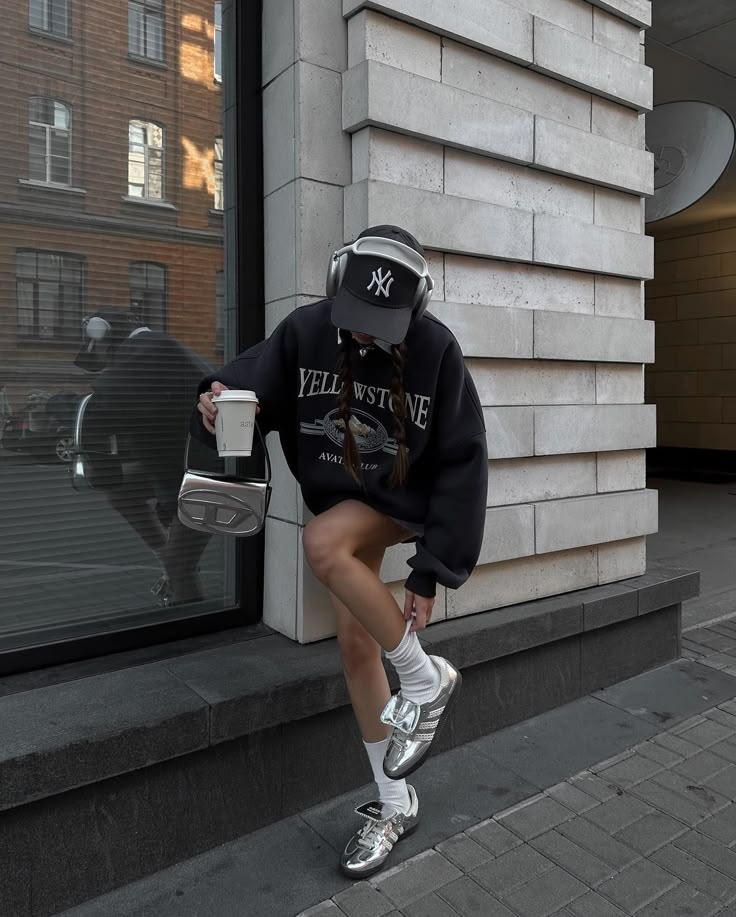
Streetwear draws inspiration from urban culture and youth trends. It includes bold graphics, oversized fits, and casual items like hoodies, sneakers, and graphic tees. Bright colors and logos play a big role in this aesthetic.
Popular fabrics consist of cotton and synthetic blends, designed for comfort and durability. Accessories such as caps, backpacks, and chunky sneakers are typical. Streetwear often mixes sporty and casual elements, reflecting individuality and modern city life.
Emerging And Niche Aesthetics
Some fashion styles focus on nature and simplicity, while others highlight technology or 2000s pop culture. These looks appeal to people who want unique and specific ways to express themselves.
Cottagecore
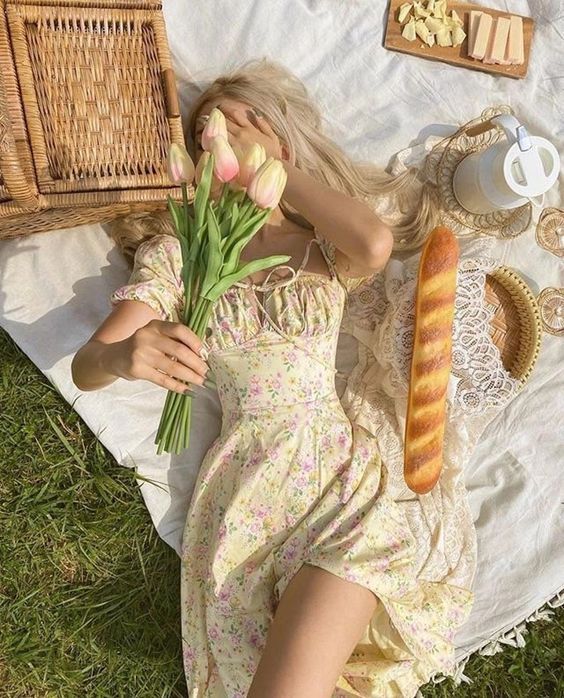
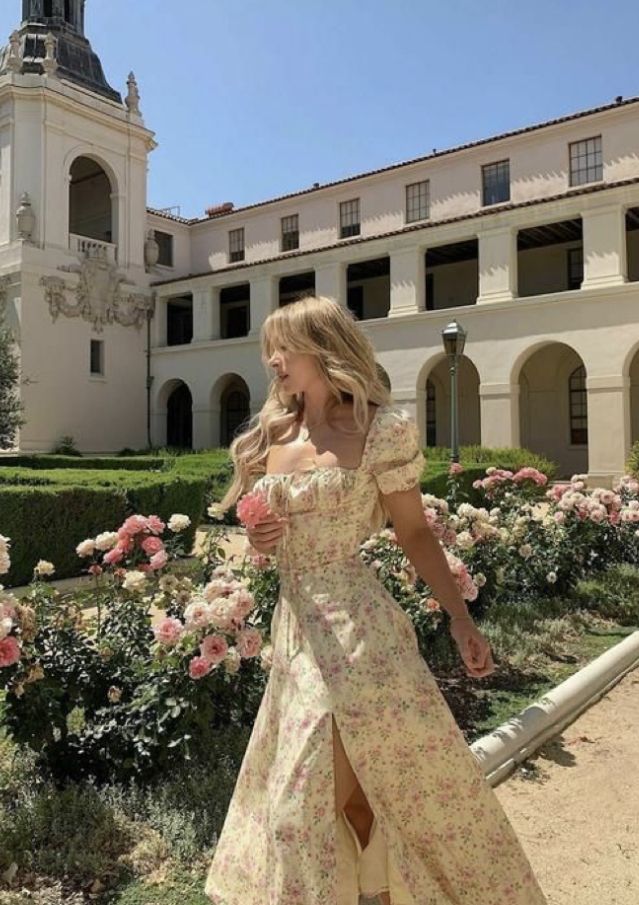
Cottagecore centers on a romanticized view of rural life. It features soft colors, flowy dresses, and natural fabrics like cotton and linen. People who like this style often wear floral prints and vintage-inspired clothes.
The aesthetic promotes comfort and a slower lifestyle connected to nature. Accessories include straw hats, baskets, and handmade jewelry. It’s common to see layered clothing that feels cozy and practical for outdoor settings.
Techwear
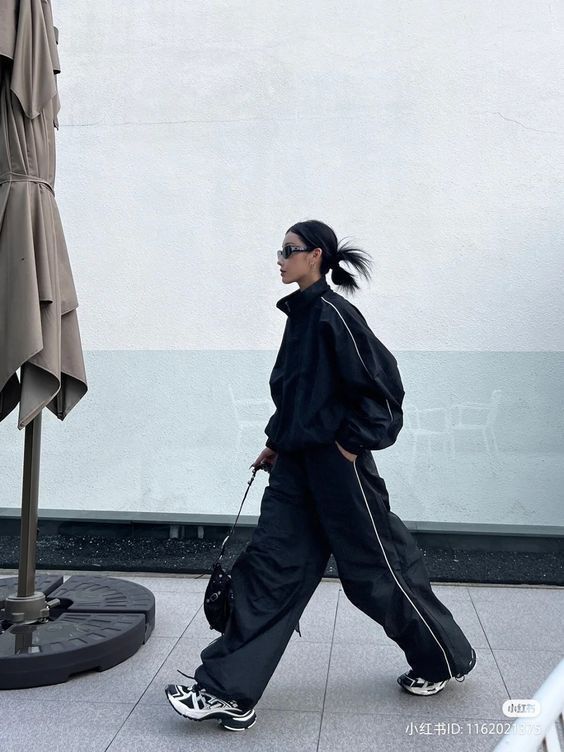
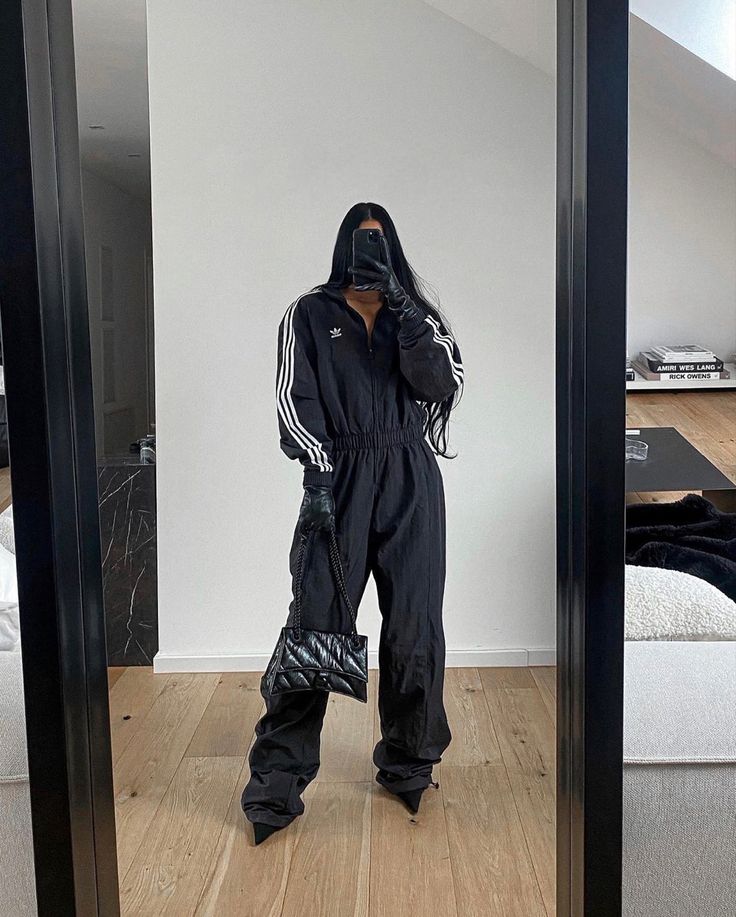
Techwear focuses on function and modern materials. It uses waterproof, breathable fabrics that protect against weather and physical activity. The color palette is usually dark, with blacks, grays, and muted tones.
This style includes multiple pockets, zippers, and adjustable parts for utility. It appeals to those who value both fashion and performance. Footwear often features robust soles and a futuristic look.
Y2K


Y2K takes inspiration from the late 1990s to early 2000s fashion. It features bright colors, shiny fabrics, and bold patterns. Popular items include low-rise jeans, crop tops, and platform shoes.
Accessories like butterfly clips and tinted sunglasses are key. The aesthetic reflects pop culture from the era, such as early internet graphics and music stars. It focuses on nostalgia and playful, youthful energy.
Elements That Shape Fashion Aesthetic
Fashion aesthetic depends on specific choices that work together to create a look. These include the colors worn, the shapes of the clothes, and the feel of different materials. Each element affects how an outfit is seen and understood.
Color Palettes
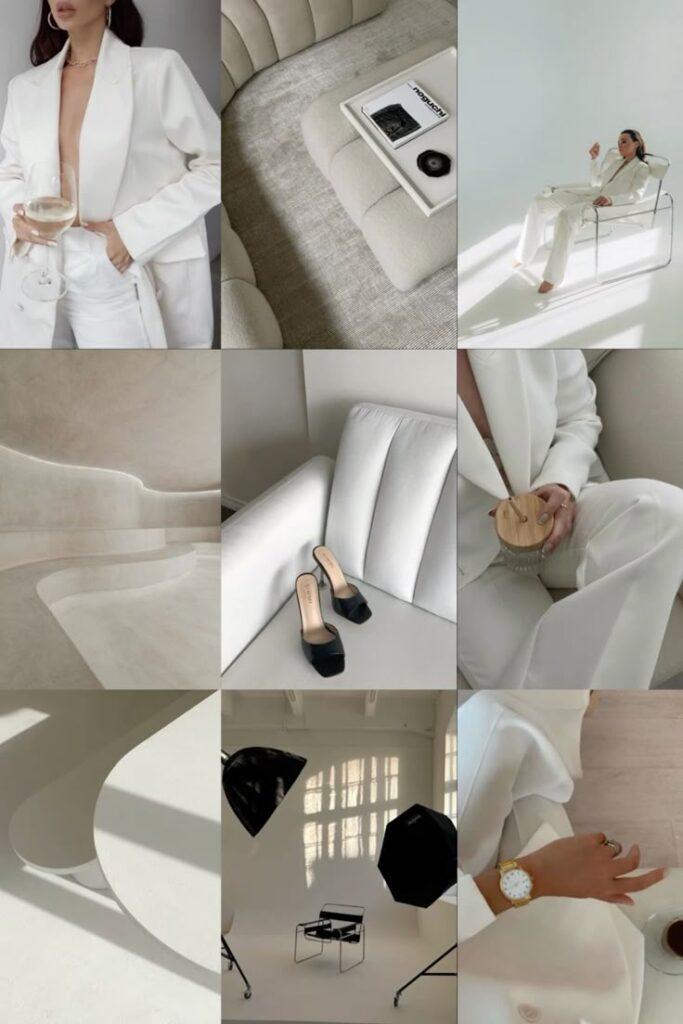
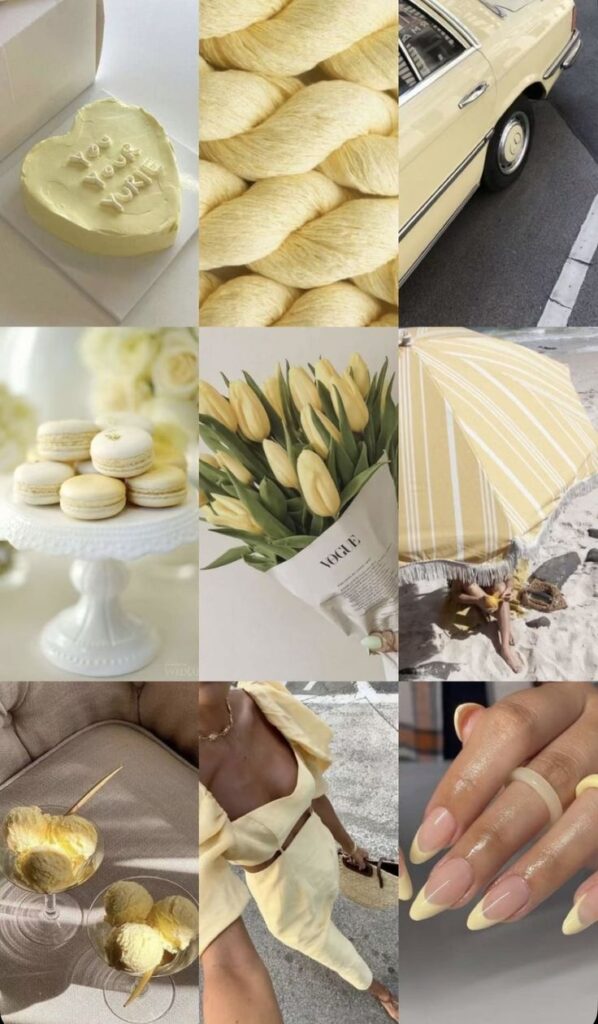
Color palettes define the mood and style of an outfit. Some fashion aesthetics use soft, muted colors like beige, pastels, or earth tones. Others prefer bright, bold shades such as red, neon green, or electric blue. The choice of colors can show personality or follow trends.
People often pair colors based on harmony or contrast. For example, monochrome palettes create a sleek, uniform look. Complementary colors make an outfit stand out. The use of color in prints and patterns also impacts the overall style.
Seasonal changes influence color choices. Warm autumn tones like rust and mustard are popular in fall. Cool blues and whites often appear in winter styles. This seasonal use of color helps keep a fashion aesthetic fresh and relevant.
Silhouettes and Cuts
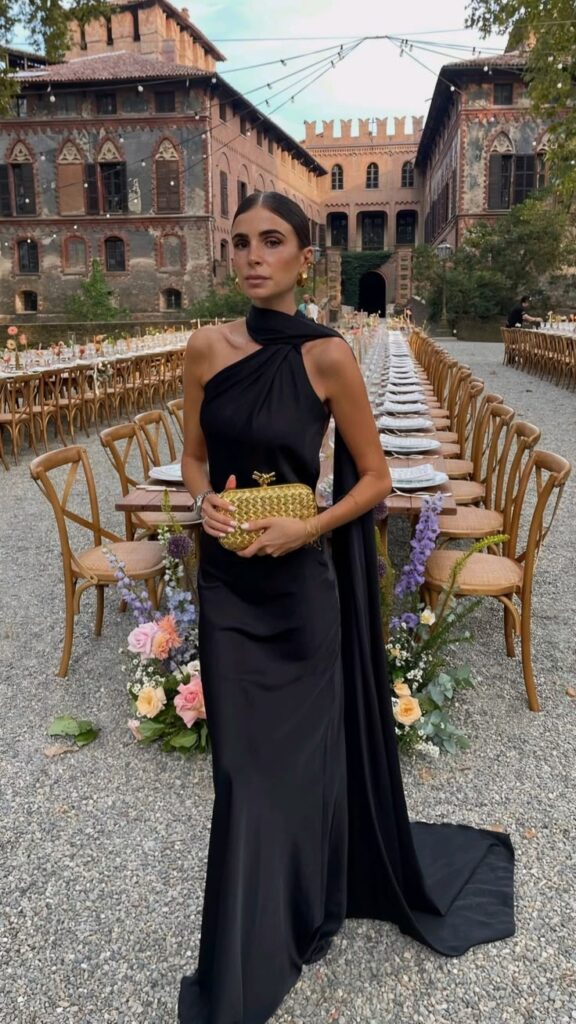
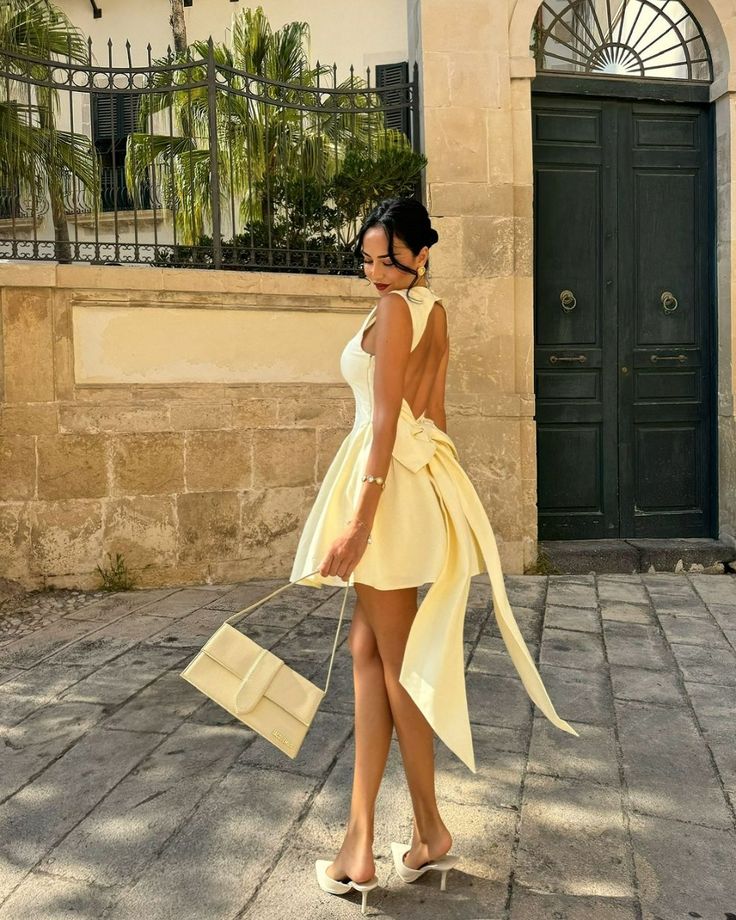
Silhouettes refer to the shape and outline of clothing on the body. Tight-fitting clothes create sharp, clean lines. Loose, flowing garments offer a soft, relaxed look. The cut of a piece, such as A-line skirts or tapered pants, changes how body shapes are emphasized or hidden.
Different aesthetics focus on specific silhouettes. Minimalist style favors simple, straight cuts without extra details. Vintage fashion might use hourglass shapes with cinched waists. Streetwear often includes oversized tops and baggy pants.
The fit of clothing affects comfort and movement as well. Clothes that fit well can highlight physical features, while oversized pieces can add a casual or edgy feel. The balance between fitted and loose garments is key in defining an aesthetic.
Textures and Fabrics
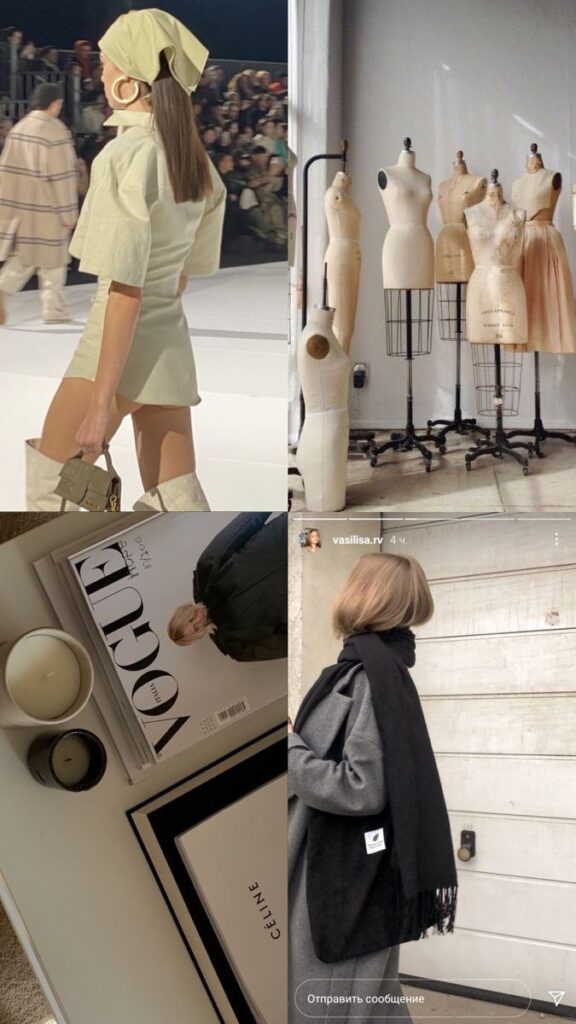
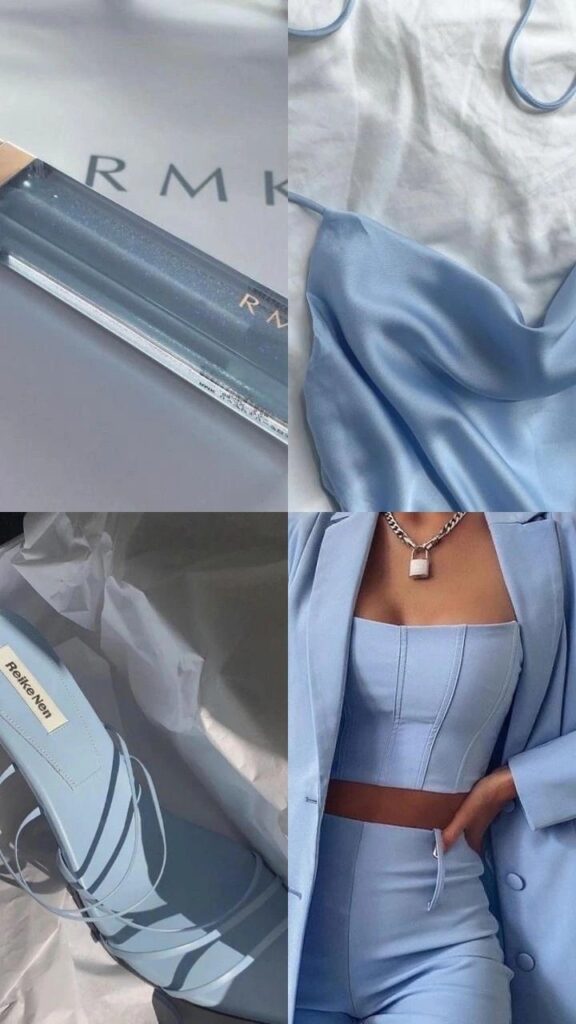
Textures and fabrics add depth and interest to fashion. Smooth materials like silk or satin give elegance and shine. Rougher fabrics such as denim or wool provide a casual or rugged feel. Mixing textures can create contrast in an outfit.
Natural fabrics like cotton, linen, and leather are often chosen for their breathability and durability. Synthetic materials such as polyester or nylon are used for stretch or water resistance. The choice depends on both style and function.
Some fashion aesthetics use texture to stand out. For example, punk style may include leather and studs. Bohemian style tends to feature soft, flowing fabrics with embroidery or lace. Texture influences how clothes feel and move, shaping the overall look.
Influences on Fashion Aesthetic
Fashion aesthetic changes because of many forces. These include shifts in culture, online trends, and the styles set by famous people. Each factor shapes what is popular and how people choose to dress.
Cultural Movements
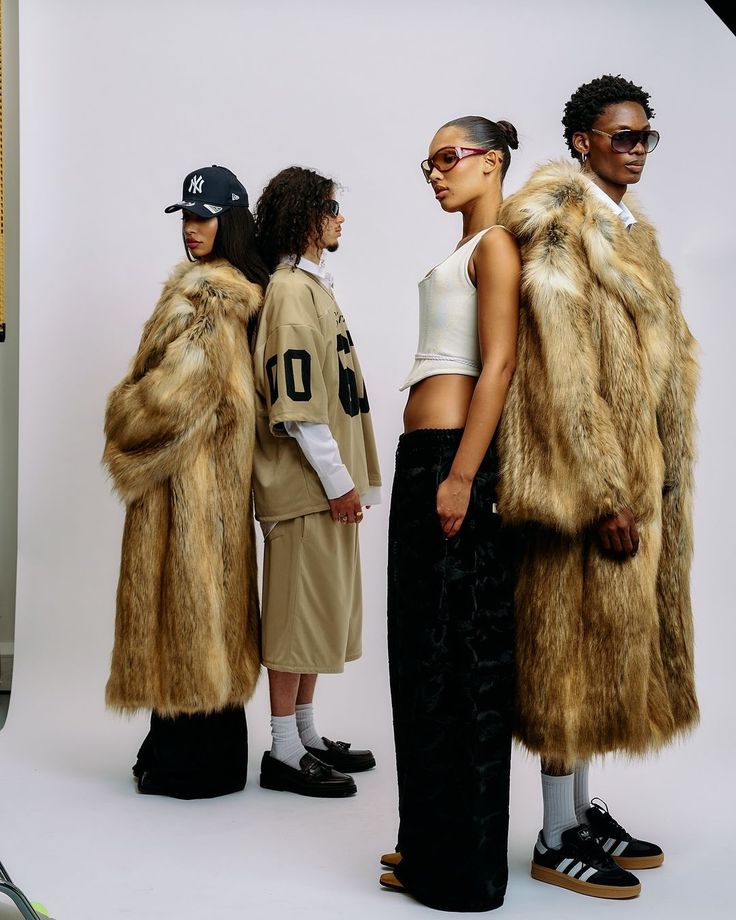
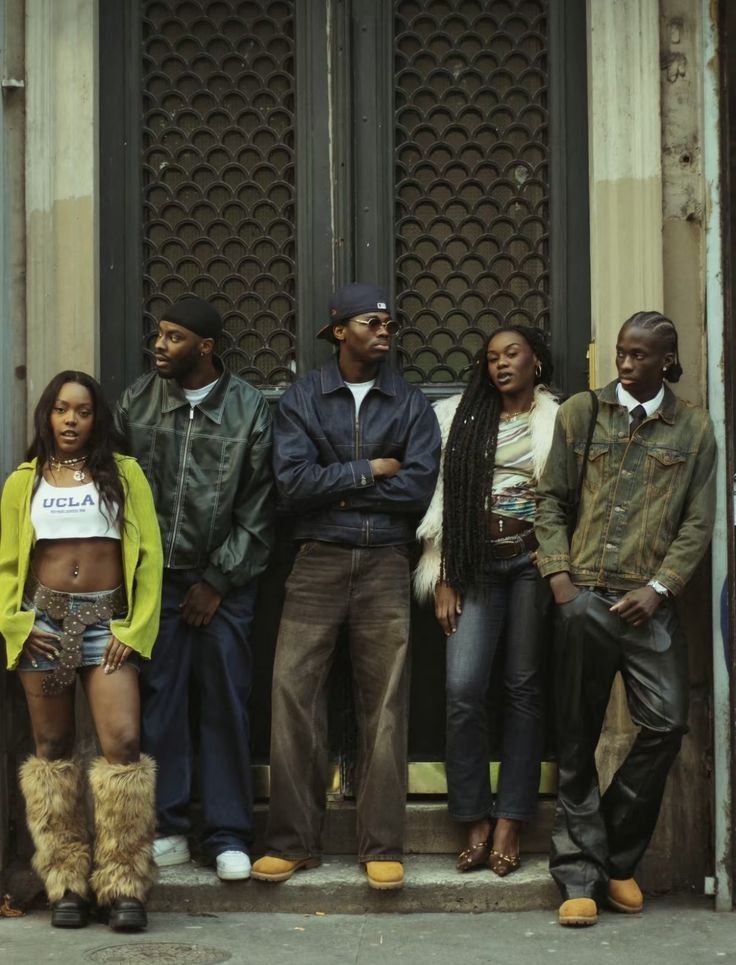
Cultural movements reflect the values and ideas of a group. They often bring new styles that represent those beliefs. For example, the punk movement introduced ripped clothes and bold colors as a symbol of rebellion.
Such movements can be tied to politics, music, or social change. The 1960s hippie culture popularized tie-dye and loose clothing, reflecting peace and freedom ideas. These styles often last long after the movement itself fades.
People adopt fashion from cultural movements to express identity. This connection makes designs more than just clothes; they become statements about beliefs and lifestyle.
Social Media Trends
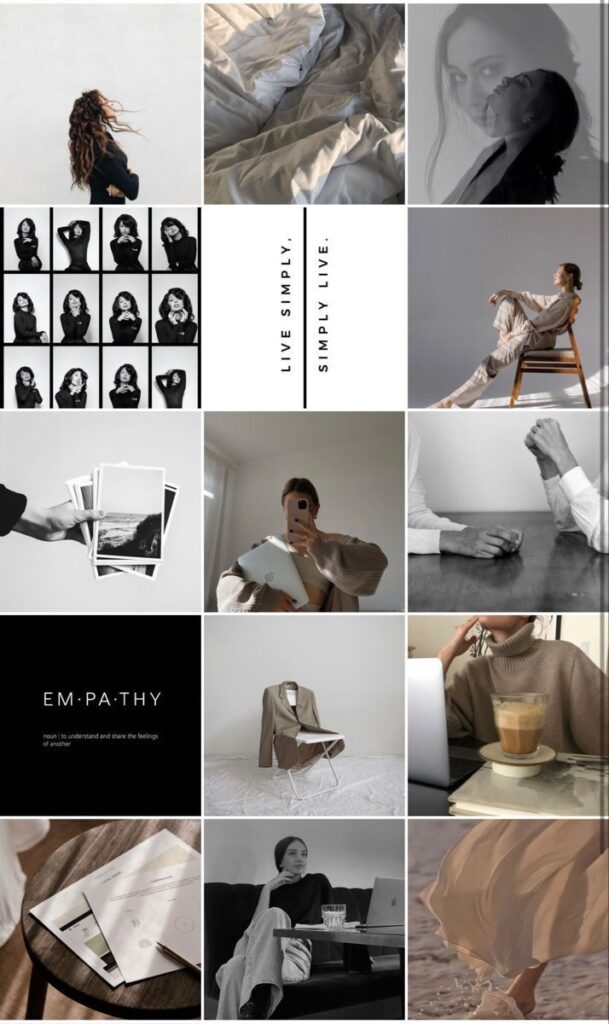
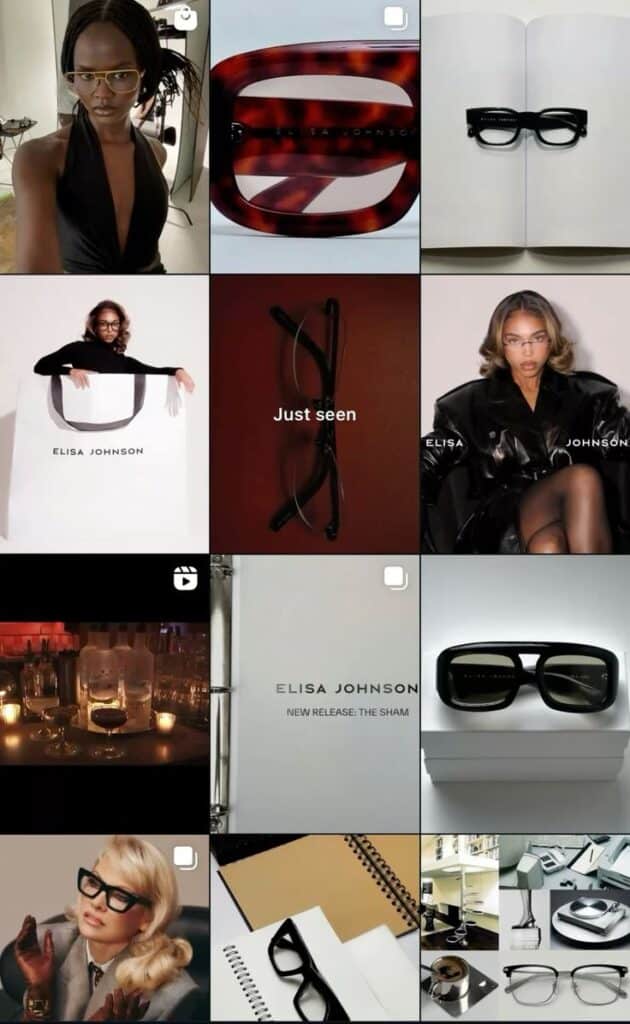
Social media plays a big role in spreading fashion quickly. Platforms like Instagram and TikTok allow users to share styles instantly with millions. This speed encourages fast-changing trends.
Influencers often start or boost these trends by showing unique looks. Hashtags and challenges also help styles go viral. For instance, the “cottagecore” aesthetic grew popular online with images of simple, rustic clothing.
Social media makes fashion more accessible. People see a wide variety of styles from different places, increasing creativity and variety in fashion choices.
Celebrity Impact
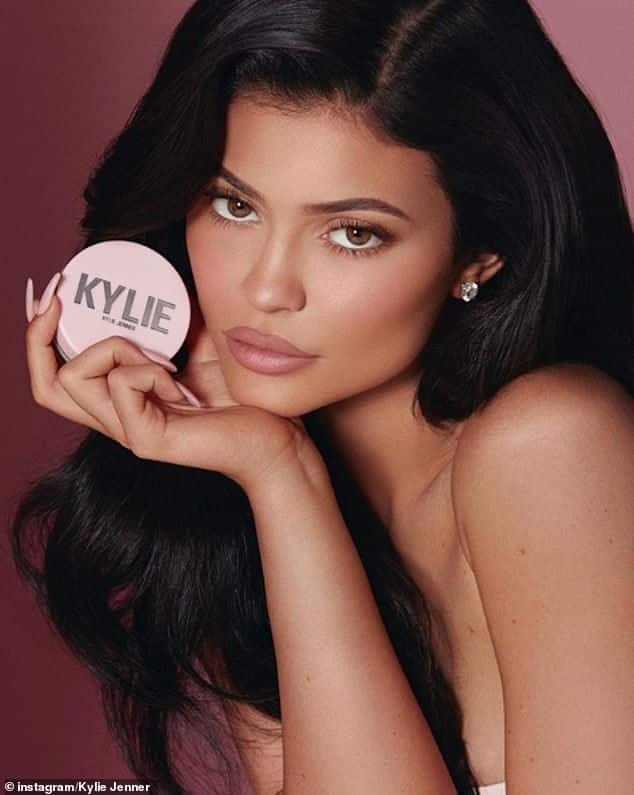
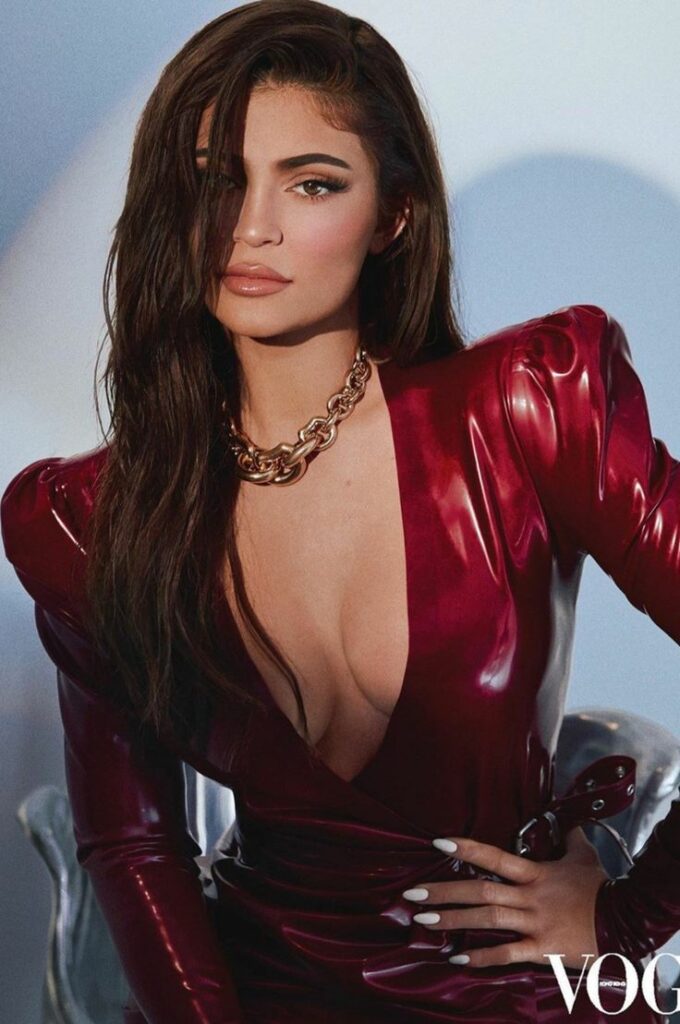
Celebrities shape fashion by wearing and endorsing certain styles. Fans often copy their looks, making those clothes and accessories popular.
Red carpet events and music videos are common moments where celebrities set new trends. For example, the “Met Gala” often influences luxury fashion for the year.
Brands also collaborate with celebrities to reach wider audiences. This connection between stars and fashion brands affects what becomes trendy and desirable.
| Influence Type | Key Effect | Example |
|---|---|---|
| Cultural Movements | Expresses beliefs through style | Punk, Hippie |
| Social Media Trends | Speeds up trend spread | Cottagecore, TikTok fashion |
| Celebrity Impact | Popularizes specific looks | Met Gala outfits, endorsements |
How to Discover Your Fashion Aesthetic
Finding a fashion aesthetic involves understanding what styles suit personal tastes and gathering ideas that inspire. It requires honest self-reflection and visual exploration to identify the looks that feel right.
Personal Style Assessment
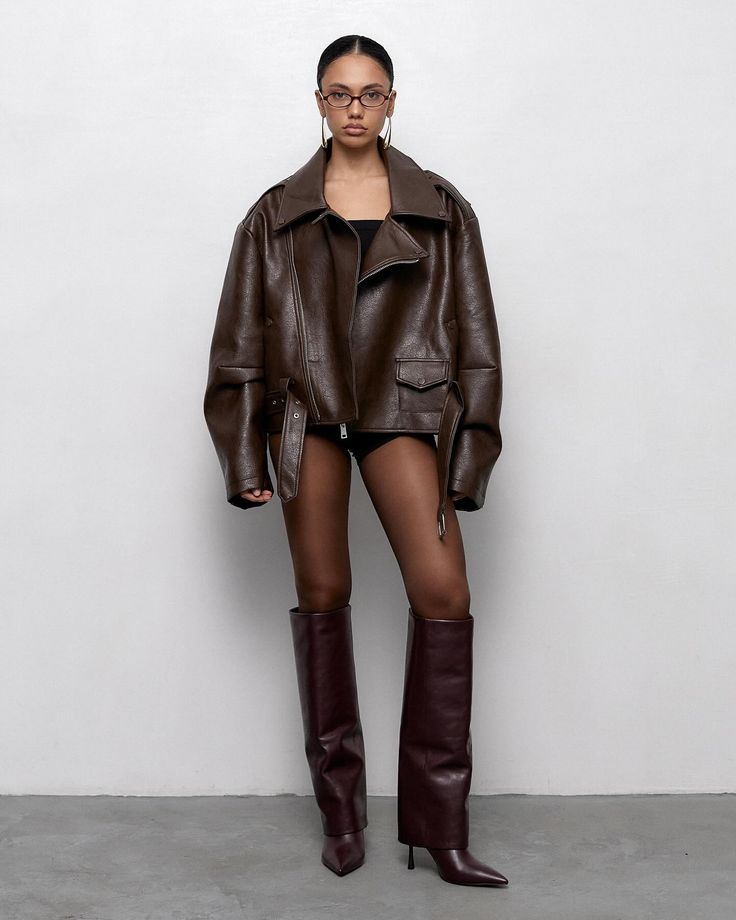
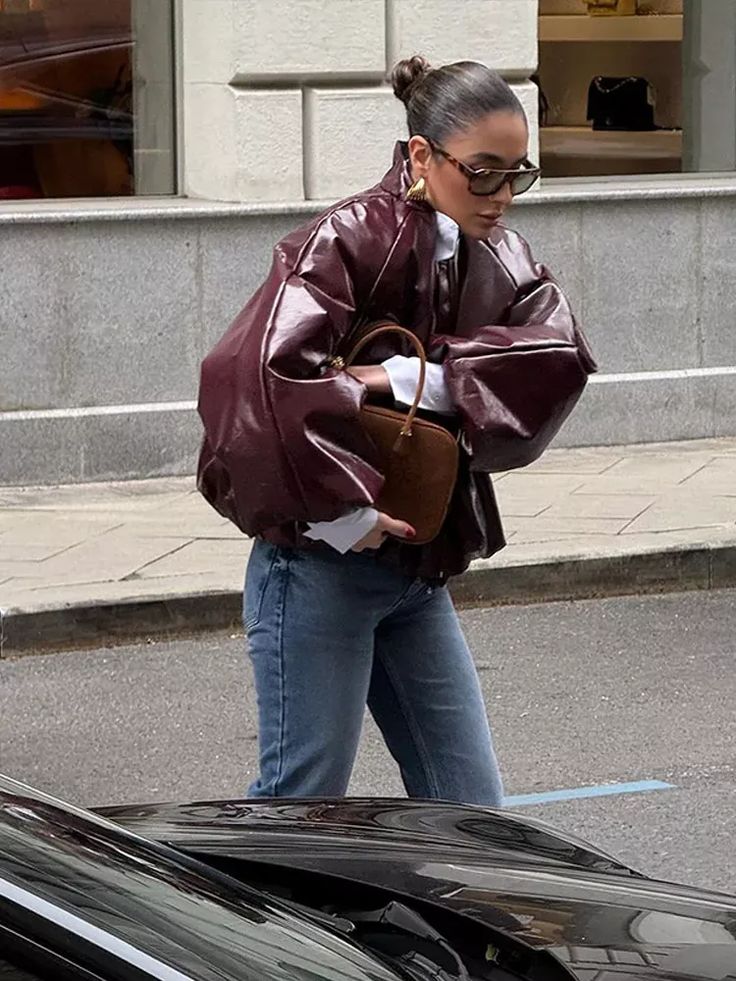
He or she should start by examining current wardrobes and favorite outfits. What pieces are worn most often? Noting colors, fabrics, and patterns that appear repeatedly can reveal natural preferences.
Answering simple questions helps too: Does comfort matter more than trendiness? Are bold prints or neutral tones preferred? Answers clarify the type of style to build around.
Trying on different clothing styles can highlight what fits well physically and feels authentic emotionally. This practical test stops guesswork and guides toward a consistent fashion identity.
Mood Boards and Inspiration
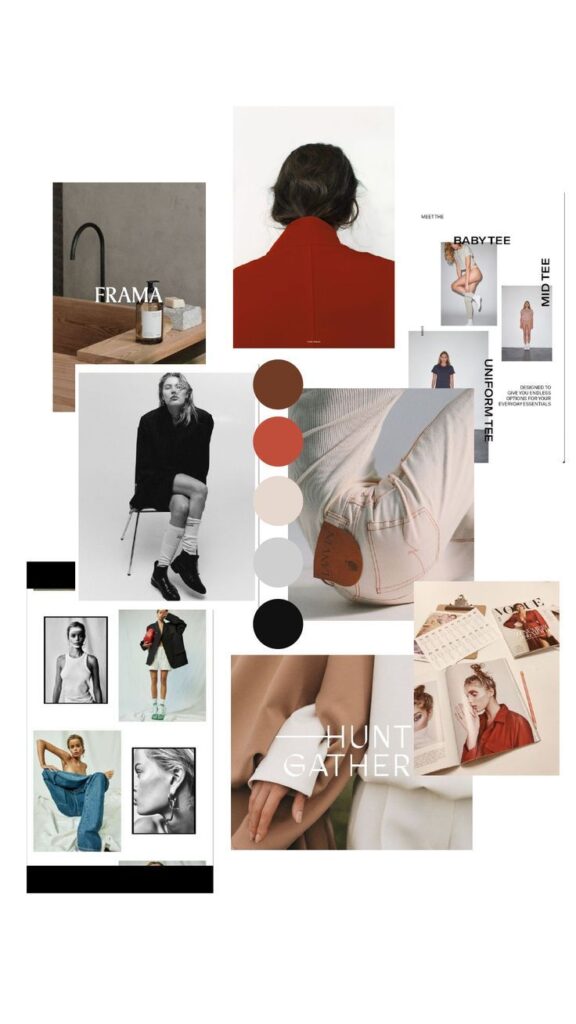
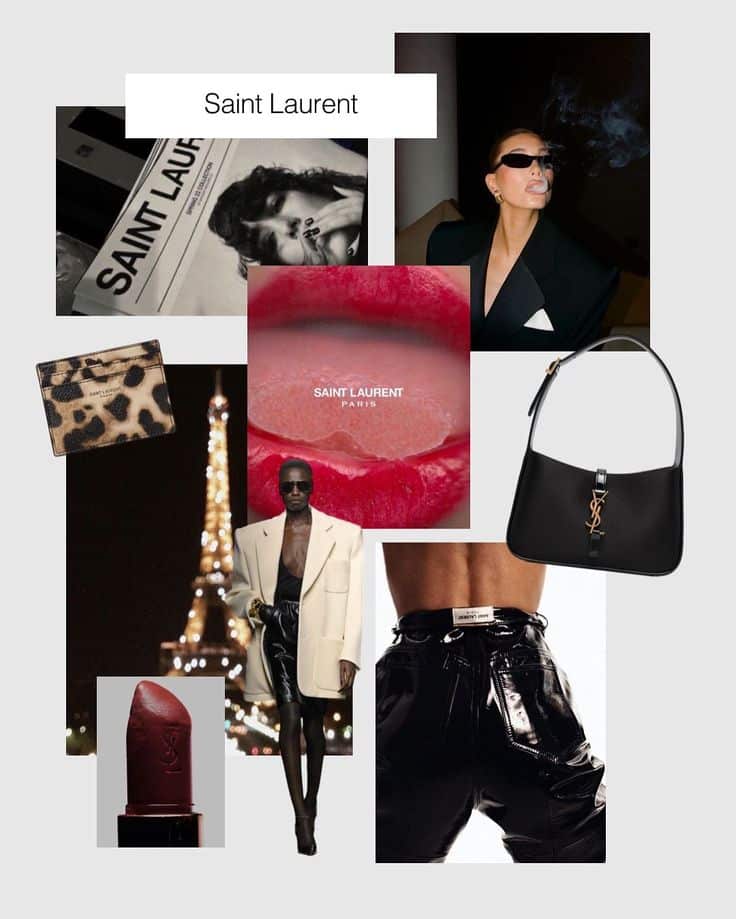
Creating a mood board gathers visual examples that match emerging style ideas. It can be a physical collage or a digital collection using apps or websites.
Images of outfits, accessories, colors, and textures are all useful. Grouping these elements clarifies common themes and patterns that appeal most.
Checking fashion blogs, magazines, or social media accounts that showcase preferred styles adds fresh inspiration. Regular updating of the mood board keeps style evolution visible and manageable.
Using this visual tool streamlines decisions when shopping or planning outfits by focusing on what aligns with the established aesthetic.
Integrating Aesthetics Into Your Wardrobe
Choosing a consistent aesthetic helps create a clear style identity. Combining pieces thoughtfully allows for a versatile wardrobe that fits different occasions while staying true to that look.
Building a Cohesive Closet
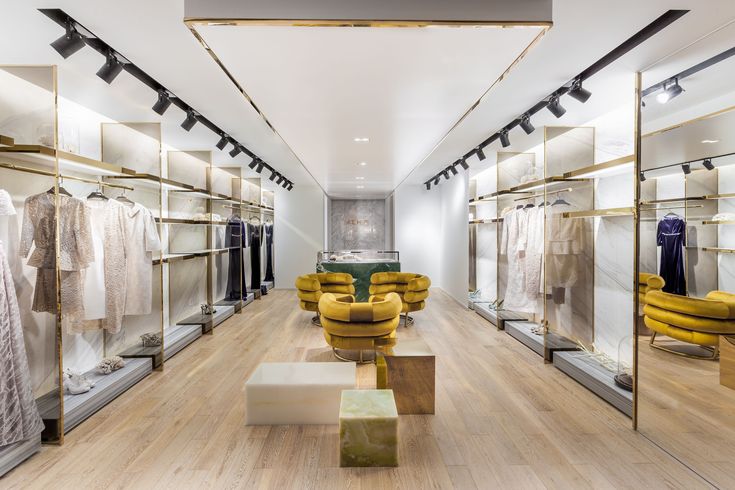
To build a cohesive closet, focus on selecting key pieces that reflect a chosen aesthetic. For example, if the style is minimalist, prioritize simple cuts and neutral colors.
Organize items by categories such as tops, bottoms, and accessories. Keep a consistent color palette to ensure that most pieces can be paired easily.
Investing in quality basics that work well together saves time and money. Avoid buying trends that don’t fit the established aesthetic because they can make the wardrobe feel mismatched.
Mixing and Matching Aesthetic Styles
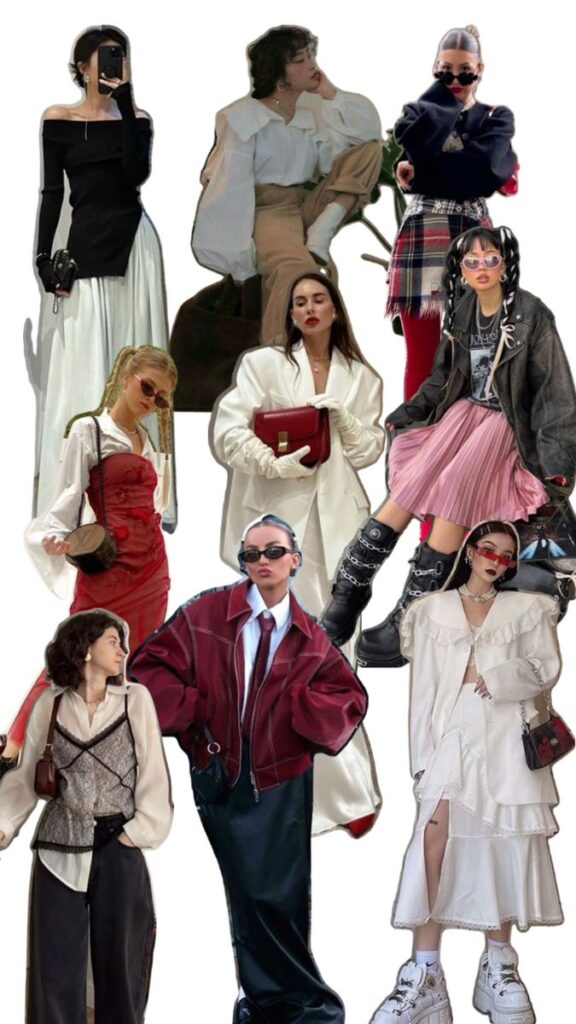
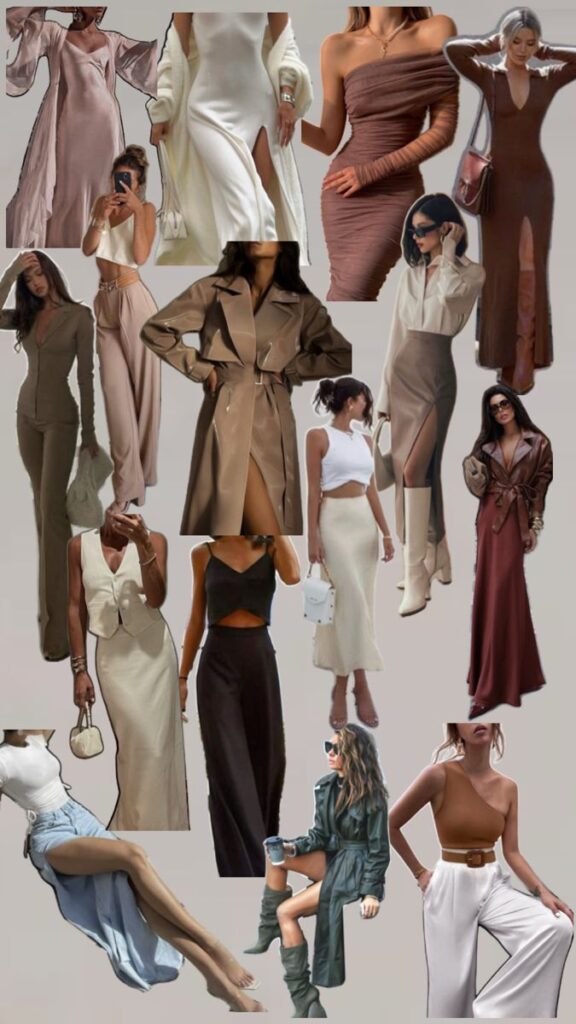
Mixing aesthetics can add interest but requires balance. Start by combining one dominant style with a secondary style to create mild contrast.
For example, pair vintage pieces with modern accessories. Use common elements like color or fabric texture to link the styles.
Avoid mixing too many styles at once, as this can create a chaotic look. Keeping proportions and themes consistent helps maintain harmony when blending aesthetics.
Sustainable and Ethical Considerations
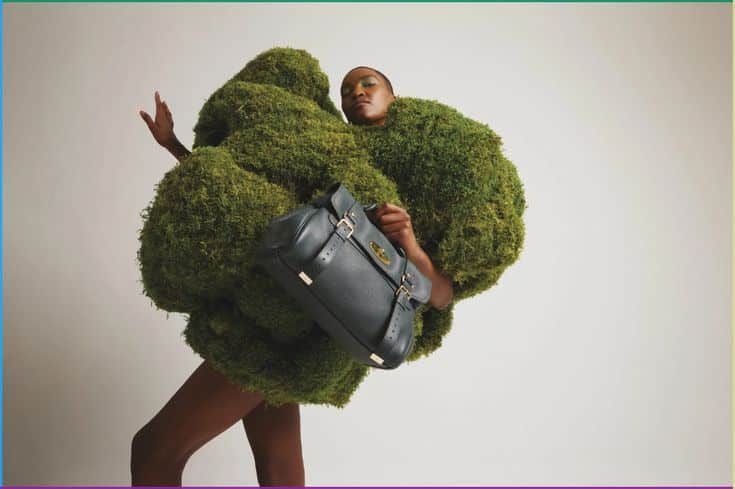
Fashion aesthetics today often include a focus on sustainability. Many people want clothes made with less harm to the environment. This means using natural, recycled, or biodegradable materials.
Ethical fashion looks at how workers are treated. It values fair wages and safe working conditions. Brands that follow these rules are growing in popularity.
Some key points in sustainable and ethical fashion are:
- Slow fashion: Buying fewer, better-quality items.
- Recycling: Turning old clothes into new ones.
- Transparency: Knowing where and how clothes are made.
A table of common materials shows the difference:
| Material | Sustainability | Ethical Impact |
|---|---|---|
| Organic cotton | High | Often better for farmers |
| Polyester | Low (plastic-based) | Can involve harsh factory work |
| Hemp | High | Less water use, eco-friendly |
Consumers can support sustainability by choosing brands that share clear information about their practices. They can also repair or donate clothes to reduce waste.
Ethical fashion is not just about style. It aims to respect people and the planet while still providing good design.
Future of Fashion Aesthetic
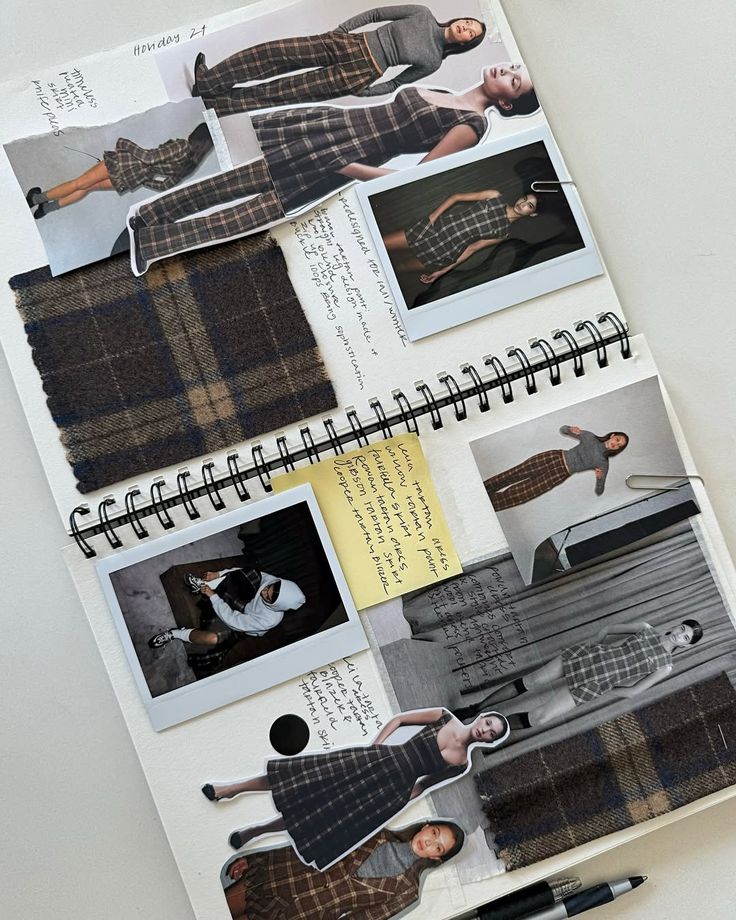
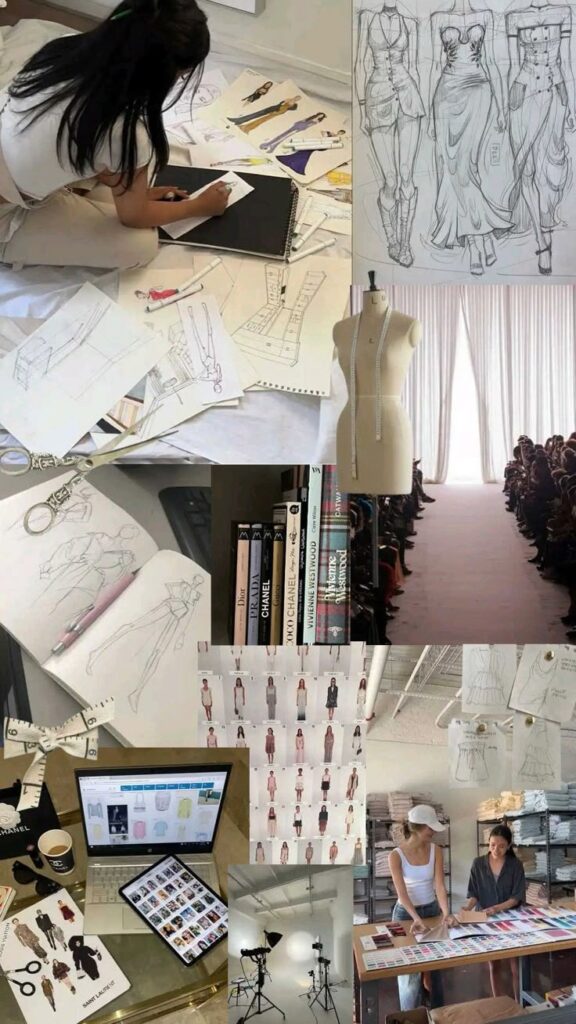
The future of fashion aesthetic will focus more on sustainability. Brands are likely to use eco-friendly materials and promote slow fashion. This means fewer, better-quality clothes made to last longer.
Technology will also shape fashion aesthetics. Smart fabrics and wearable tech could change how clothes look and function. For example, clothes might change color or adjust to temperature.
Diversity in fashion aesthetics is expected to grow. Different cultures and communities will influence styles more openly. This creates a wider variety of looks for people to choose from.
Fast fashion may decline as consumers look for uniqueness and personal expression. Customization and tailored designs could become more popular.
| Trend | Description |
|---|---|
| Sustainability | Use of recycled and natural fibers |
| Technology | Smart fabrics and interactive wear |
| Diversity | Mixing cultural and personal styles |
| Personalization | Custom-fit and unique designs |
Fashion aesthetics will balance style with function, ethics, and individuality in the coming years.
- 1.5Kshares
- Facebook0
- Pinterest1.5K
- Twitter0


